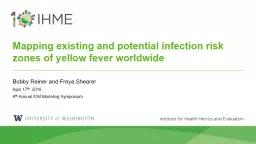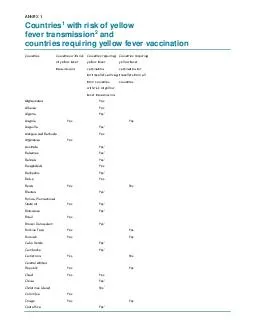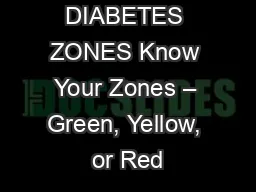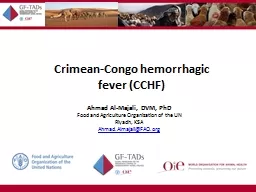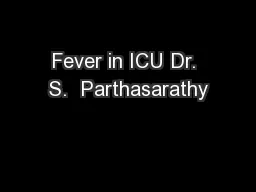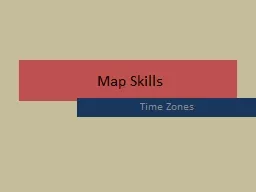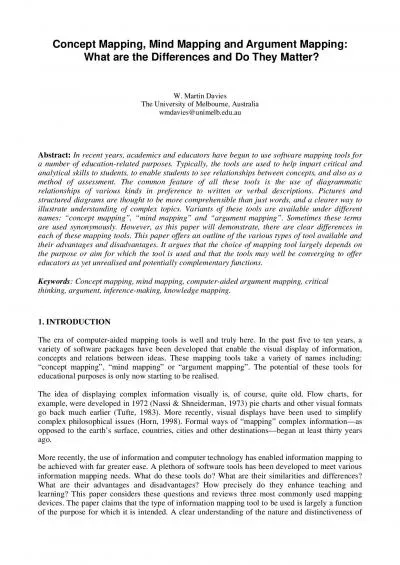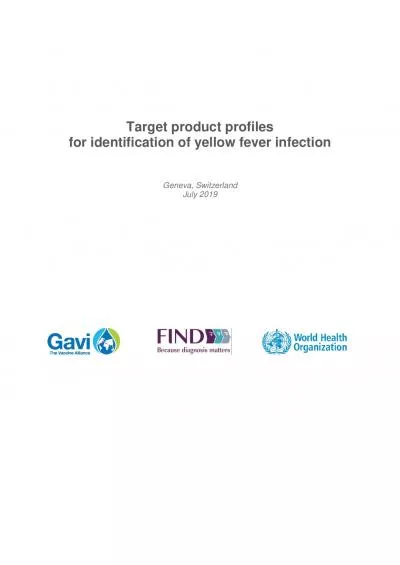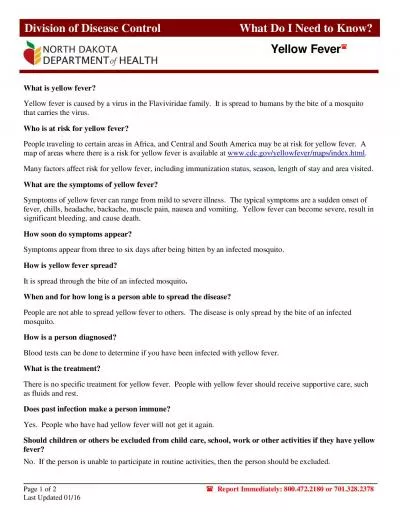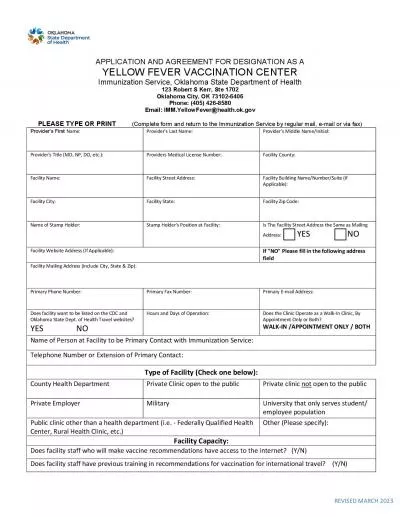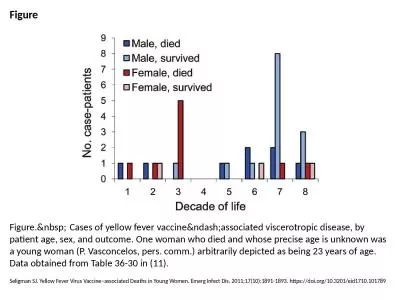PPT-Mapping existing and potential infection risk zones of yellow fever worldwide
Author : candy | Published Date : 2022-06-14
Bobby Reiner and Freya Shearer April 17 th 2018 6 th Annual IDM Modeling Symposium Outline Estimating yellow fever vaccination coverage Data collation amp data
Presentation Embed Code
Download Presentation
Download Presentation The PPT/PDF document "Mapping existing and potential infection..." is the property of its rightful owner. Permission is granted to download and print the materials on this website for personal, non-commercial use only, and to display it on your personal computer provided you do not modify the materials and that you retain all copyright notices contained in the materials. By downloading content from our website, you accept the terms of this agreement.
Mapping existing and potential infection risk zones of yellow fever worldwide: Transcript
Download Rules Of Document
"Mapping existing and potential infection risk zones of yellow fever worldwide"The content belongs to its owner. You may download and print it for personal use, without modification, and keep all copyright notices. By downloading, you agree to these terms.
Related Documents

